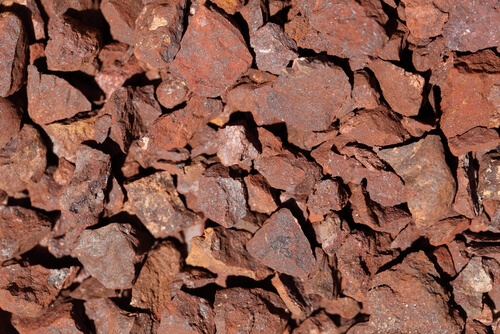Canada’s Black Iron with assets in Ukraine seeks to draw up and present a new development plan for the Shymanivske iron ore project in the middle of the fourth quarter of 2017, the company said in a press release on Monday. According to the press release, When Black Iron completed its feasibility study in 2014, Ukraine’s exchange rate was fixed at UAH 8/$1. As part of Ukraine’s International Monetary Fund bailout provisions, the exchange rate was unpegged to the U.S. dollar and is currently sitting at around UAH 27/$1. Using this lower exchange rate is expected to significantly reduce Black Iron’s construction cost and operating costs for the project.
In addition, Black Iron plans to make an ultra-high grade 68% iron content product that, using today’s prices, would sell for $42 to $48 per tonne more than the benchmark 62% iron content product often quoted in news articles resulting in a current selling price of near $105 per tonne. Steel mill profitability – premiums for high grades usually rise when steel mills are profitable as the mills are seeking to increase output by using more productive raw materials. Metallurgical coal prices – high grade iron ore demand usually goes up when coking prices rise as steel mills try to reduce fuel rates by using better quality ores. Chinese environmental policy – pollution is a major issue in China forcing steel mills to curb emissions and driving a preference for high quality raw materials to help reduce emissions.
The Black Iron project will be based on a much more favorable exchange rate and phased development plan starting with 4 million tonnes of concentrate production per year ramping up to 8 million tonnes per year using self-generated cash to fund the expansion.
Black Iron will also be engaging firms to seek prepaid offtake and/or a joint development partner to significantly reduce the amount of equity that needs to be raised to build the mine. Additionally, the company will be initiating discussions with debt finance sources including the European Bank for Reconstruction and Development (EBRD). Black Iron benefits from not needing to build any major infrastructure such as railways, power lines or a port as these are all in existence within very close proximity to the ore body.




